Have you ever watched your cat wander through a room, tail flicking, eyes wide, and wondered what’s spinning through their mind? Moving homes isn’t just a logistical headache for humans—it’s a full-blown emotional rollercoaster for our feline companions. Whether your cat is a confident explorer or a shy wallflower, a new home can turn their world upside down. The smallest change can send ripples through their hearts, making them act in ways you never expected. If you’re a cat lover, you know every twitch of a whisker means something. But what exactly is your cat feeling after the big move? Let’s dive into the emotional world of cats and uncover the hidden shifts they experience during this life-changing transition.
1. Initial Shock and Disorientation

When a cat first steps into a new home, the unfamiliar scents, sounds, and sights can hit them like a tidal wave. Even the bravest feline may freeze, wide-eyed and silent, unsure of what to make of their surroundings. This shock can make them hide under beds, behind boxes, or in any tiny crevice they can squeeze into. Their world has been turned upside down, and the rug has been pulled from beneath their paws. Imagine being dropped into a country where you don’t speak the language—that’s how it feels for your cat. You might see them moving slowly, ears pinned back, as they cautiously explore this alien territory. It’s not just fear; it’s pure, raw confusion.
2. Heightened Anxiety and Stress
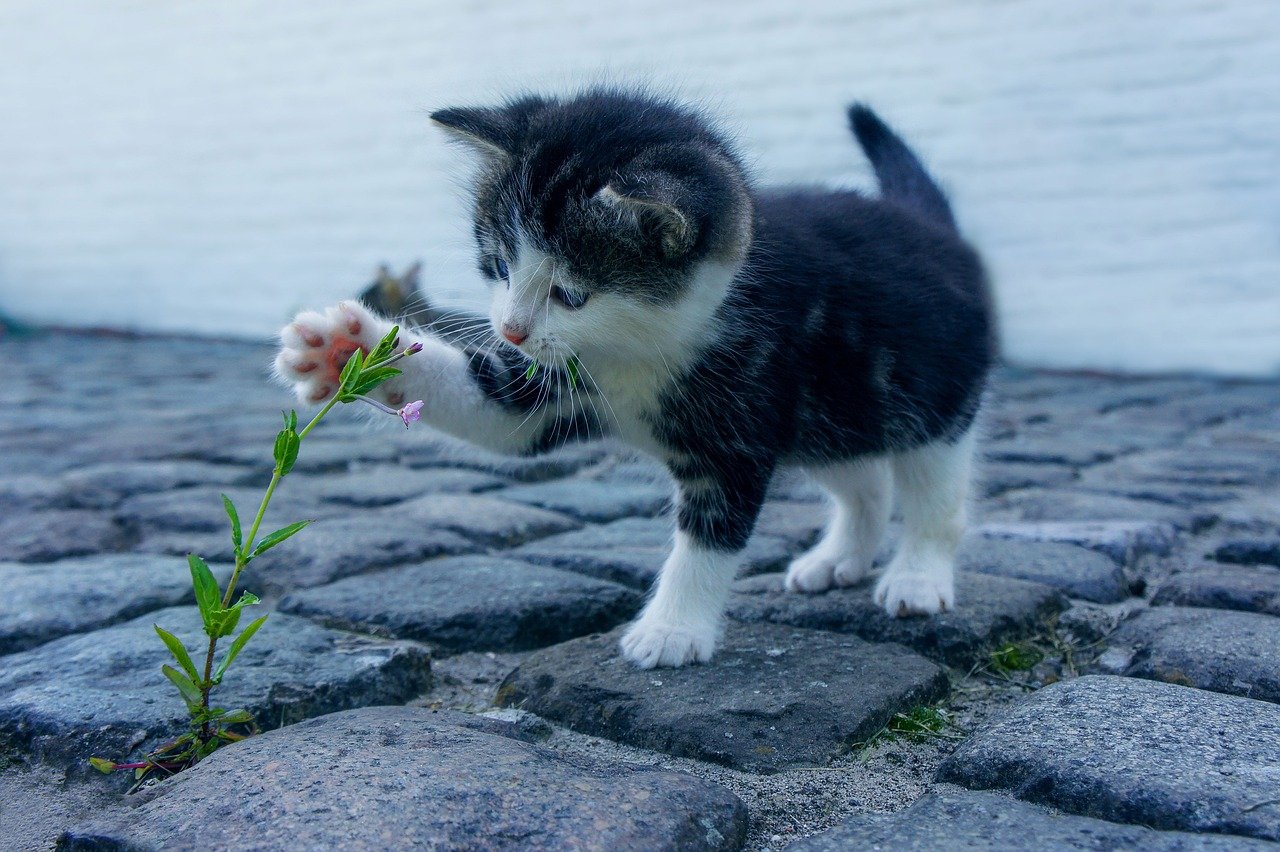
After the initial shock, anxiety often sets in. Cats thrive on routine, and moving shatters every bit of predictability they depend on. You may notice your cat pacing restlessly, meowing more than usual, or even refusing to eat. Their pupils may be dilated, and they might jump at the slightest noise. Some cats even develop stress-related habits, like excessive grooming or scratching. Think of it as their way of finding comfort in chaos. The uncertainty weighs on them, making them hyper-aware of every change.
3. Loss of Territory Security
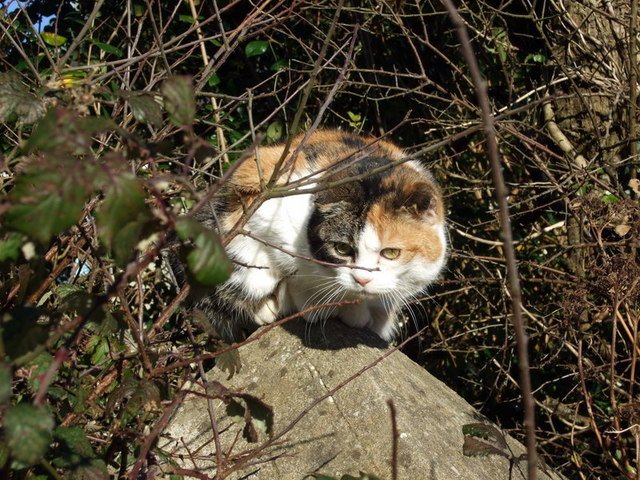
Cats are territorial creatures. They mark their space with scent glands, rubbing their faces and bodies on furniture, walls, and even you! When they’re moved to a new environment, all those familiar smells vanish, and their sense of ownership disappears. Suddenly, they’re intruders in their own lives. It’s common for cats to become possessive, rubbing everything in sight to reclaim some sense of control. Until they reestablish their scent, they might seem uneasy, as if they’re waiting for someone else to walk in and claim the space.
4. Increased Clinginess or Withdrawal

Emotional upheaval can make a cat act out of character. Some cats become extra clingy, following their humans from room to room, desperate for reassurance. Others do the opposite, withdrawing into themselves and avoiding contact. It’s almost like they’re asking: “Is it safe here? Are you staying with me?” This change in behavior is often temporary, but it’s a clear sign your cat is working through big feelings.
5. Curiosity and Tentative Exploration
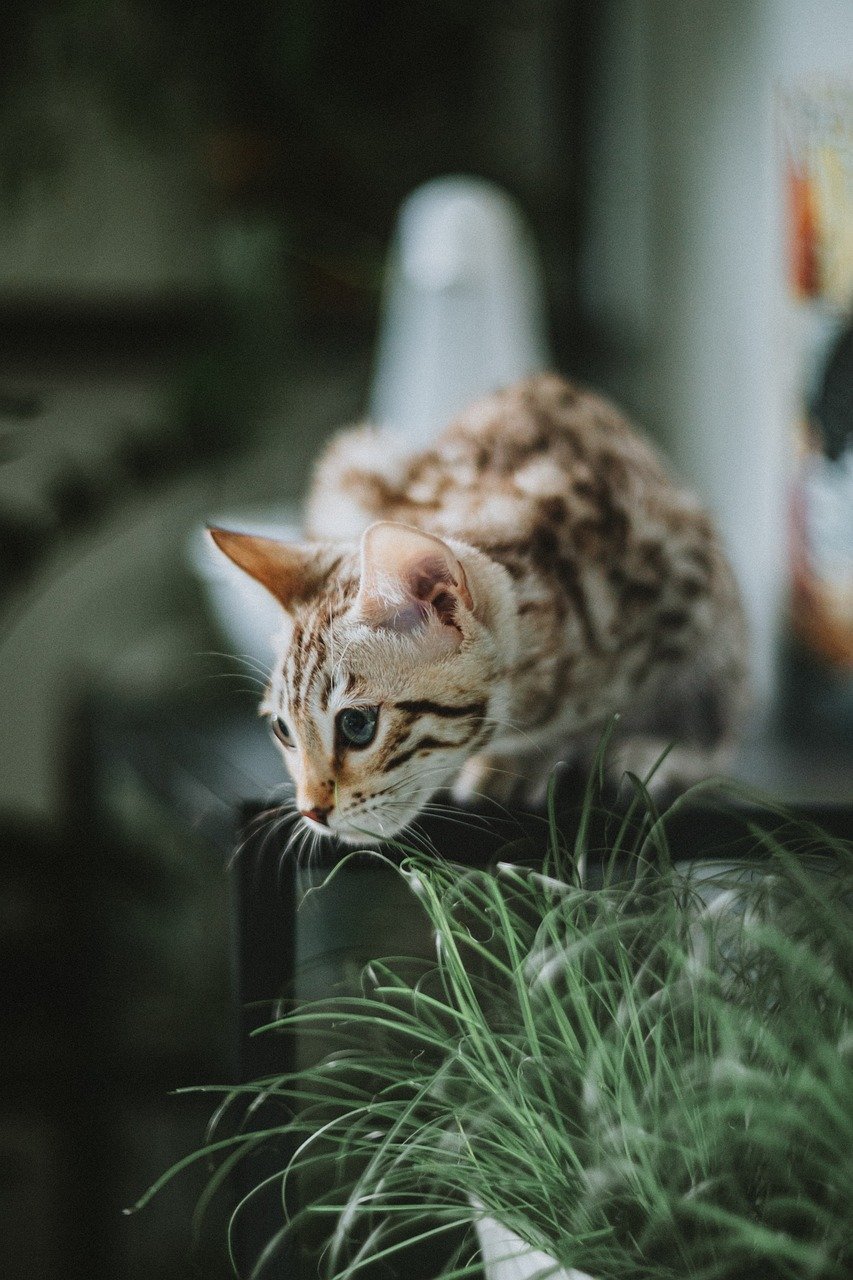
Once the initial fear fades, curiosity starts to bubble up. Cats are naturally inquisitive, and their desire to understand their new world can outweigh their anxiety—at least for a little while. You might catch your cat sniffing every corner or cautiously batting at unfamiliar objects. Each step outside their hiding spot is a leap of faith. Watching your cat’s curiosity win over their fear can be one of the most heartwarming parts of the moving process.
6. Grieving the Old Home
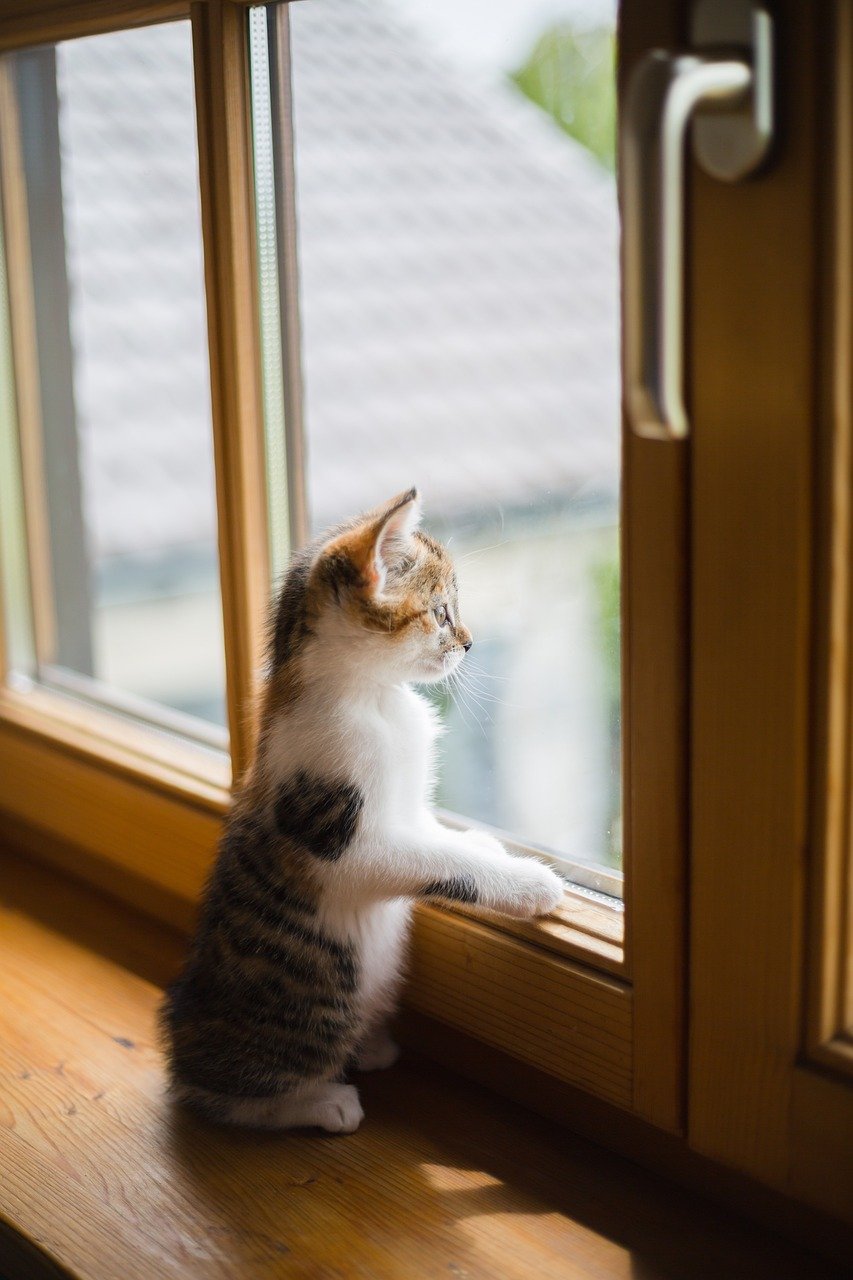
Just like people, cats can grieve the loss of a place that meant comfort and security. You may notice your cat looking for familiar items or spaces that simply aren’t there anymore. Some cats even vocalize, as if calling for something they’ve lost. This period of mourning can last days or even weeks, depending on the cat’s personality and their attachment to the previous home. It’s a silent, poignant sadness that deserves your empathy.
7. Testing New Boundaries

With a new home comes a whole new set of boundaries, and your cat will want to test every single one. Are they allowed on the kitchen counter here? Is this room off-limits? They’ll push the limits, sometimes mischievously, to figure out the rules of the new territory. It’s their way of mapping out their environment and understanding what’s safe or forbidden. You might find your cat acting bolder, or perhaps more hesitant, as they figure out where they fit in.
8. Unpredictable Mood Swings

Moving can make your normally calm cat act out in surprising ways. One minute they’re purring in your lap, the next they’re hissing at a shadow. These mood swings are a direct response to the emotional upheaval they’re experiencing. The rollercoaster of emotions can make them unpredictable, so patience is key. Just remember, these swings are usually temporary as they settle in.
9. Rekindled Playfulness

After a while, you may notice a spark of playfulness return. Exploring new spaces can be exciting, almost like a giant playground full of hidden treasures. Cats might rediscover old toys, invent new games with packing paper, or chase sunbeams across unfamiliar floors. This renewed playfulness is a sign your cat is feeling more comfortable and beginning to accept their new home. It’s a beautiful turning point to witness.
10. Heightened Sensitivity to Noise and Movement
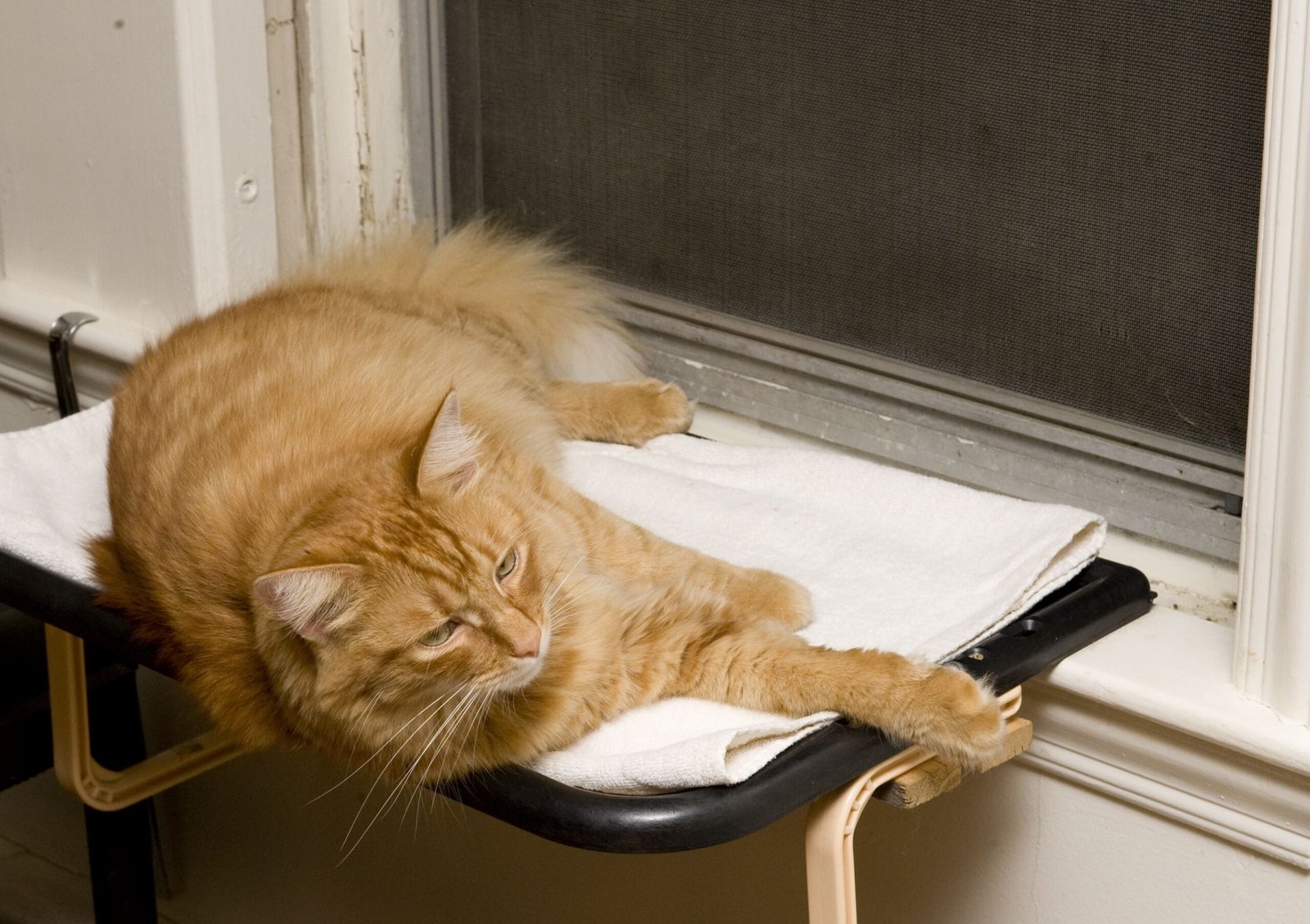
Unfamiliar sounds can be startling for a cat in a new home. A creaky floorboard, humming fridge, or neighbor’s footsteps might all seem suspicious. Your cat may jump at noises they previously ignored, or hide when someone walks by the window. Their senses are on high alert, scanning for threats in a world that’s suddenly unpredictable. Over time, as they learn which noises are harmless, their sensitivity will ease.
11. Reestablishing Trust With Their Owner

During a move, your cat’s trust in you can be shaken. They may wonder why you uprooted them or feel unsure about your role in the new environment. Simple actions like feeding, gentle petting, or playing together can go a long way in rebuilding that bond. It’s like saying, “I’m still here for you, no matter where we are.” Some cats may need more reassurance than others, but patience and love will help restore their confidence in you.
12. Increased Need for Routine
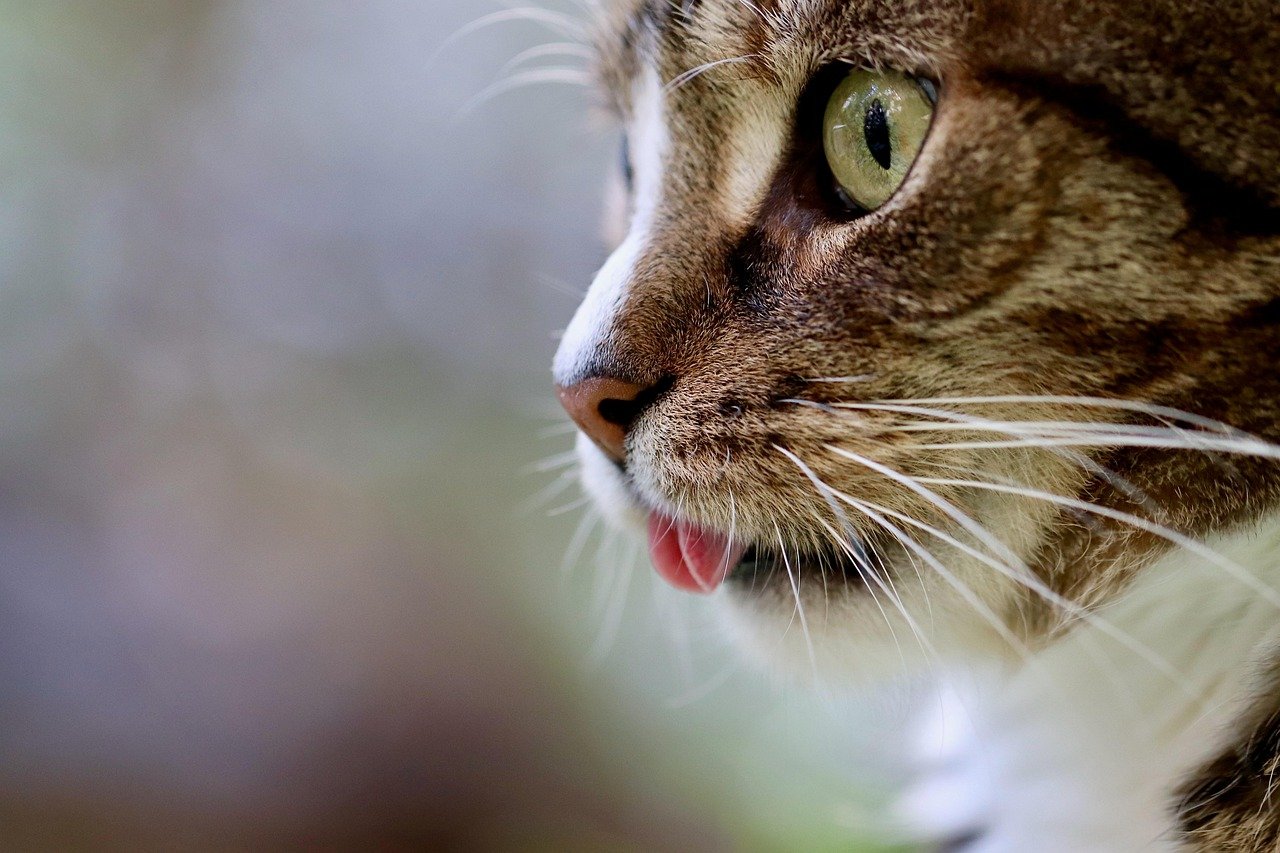
Cats adore predictability. In a new home, they crave routine more than ever to feel grounded. Feeding them at the same times, keeping litter boxes in consistent places, and maintaining familiar rituals can help your cat adjust. It’s their anchor in a sea of change, providing a sense of stability and normalcy. Skipping routines can add to their confusion and anxiety.
13. Reclaiming Favorite Items

Old toys, blankets, or beds from the previous home become even more precious after a move. These familiar items are a lifeline, providing comfort through scent and texture. You might notice your cat gravitating to their old scratching post or curling up on a well-loved blanket. It’s like finding a piece of home in a strange new world. Keeping these items accessible can ease your cat’s transition.
14. Appetite Changes

It’s not uncommon for cats to eat less—or sometimes more—after a move. Stress can dampen their appetite, or they might eat quickly out of nervousness. Watching their eating habits closely is important, as prolonged changes can indicate deeper emotional distress. Offering favorite foods and keeping mealtimes consistent can help coax them back to normal.
15. Rebuilding Confidence

Confidence takes a hit when a cat is thrust into the unknown. Every day in the new home is a small test of bravery. With time, you’ll see your cat become bolder, venturing further and acting more like their old self. Encouragement, gentle play, and positive reinforcement are key. Seeing your cat regain their swagger is a reward for both of you.
16. Marking New Territory
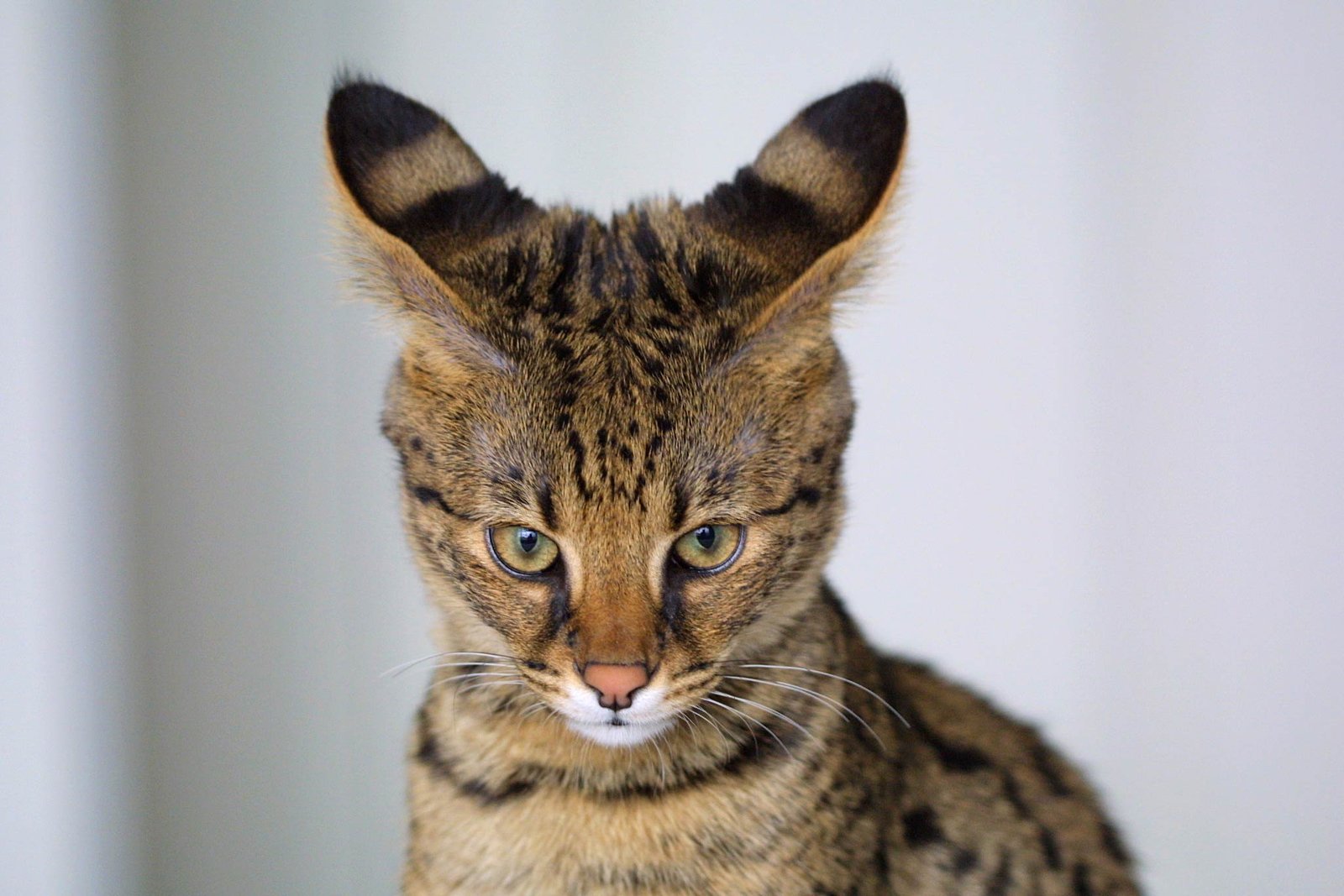
Cats have a strong instinct to mark what’s theirs. In a new home, you’ll notice increased rubbing, scratching, and even spraying as they establish their scent. While this can be frustrating, it’s a natural way for them to claim their new domain. Providing scratching posts and safe spaces to mark can help satisfy this need while protecting your furniture.
17. Sleep Pattern Disruptions

A move can disrupt your cat’s sleep, making them restless at night or prone to napping in odd places during the day. Their internal sense of safety is shaken, and it can take time to relax enough for deep, restful sleep. Providing cozy, hidden spots or sleeping with a familiar blanket nearby can help your cat find comfort and rest.
18. Wariness Toward Strangers
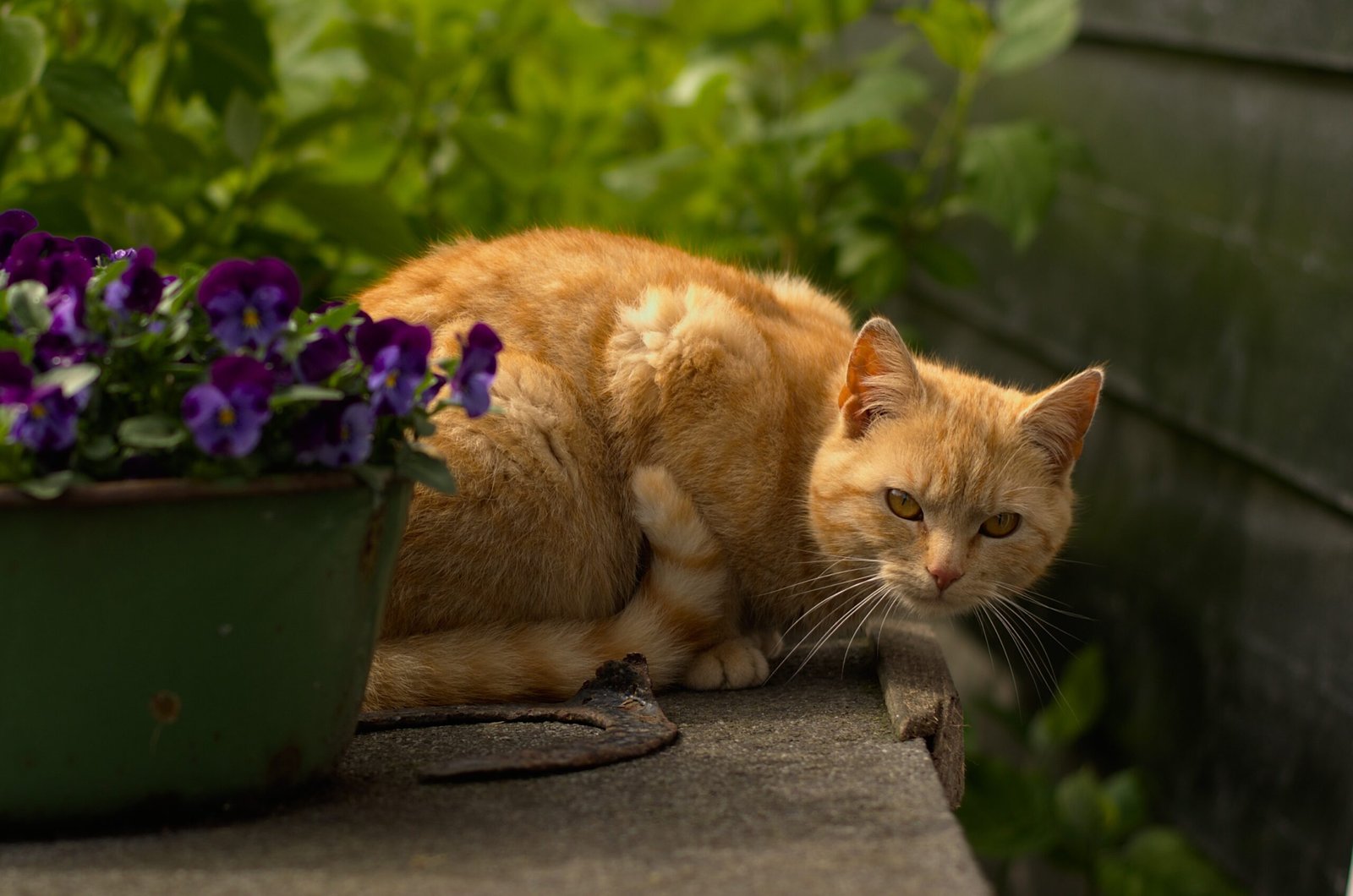
Your once-sociable cat might suddenly become wary of visitors in the new home. They may hide when guests arrive or watch warily from a distance. Every new person is a potential threat until proven otherwise. With patience and positive experiences, your cat will likely regain their friendliness, but it might take a while for them to trust newcomers.
19. Adjusting to New Scents

Smell is everything to a cat. A new home is filled with unfamiliar scents that can be both fascinating and intimidating. Your cat will spend hours sniffing every inch, cataloging each new odor. This sensory investigation is crucial for them to feel at home. Over time, the new scents blend with their own, helping your cat feel like they belong.
20. Gradual Acceptance and Contentment

After riding the emotional waves, most cats eventually reach a place of acceptance. The new home becomes familiar, safe, and even loved. You’ll see your cat lounging in sunny spots, purring contentedly, and moving through the house with confidence. It’s a slow transition, but witnessing your cat’s journey from fear to contentment is truly special.
Hi, I’m Bola, a passionate writer and creative strategist with a knack for crafting compelling content that educates, inspires, and connects. Over the years, I’ve honed my skills across various writing fields, including content creation, copywriting, online course development, and video scriptwriting.
When I’m not at my desk, you’ll find me exploring new ideas, reading books, or brainstorming creative ways to solve challenges. I believe that words have the power to transform, and I’m here to help you leverage that power for success.
Thanks for stopping by, Keep coming to this website to checkout new articles form me. You’d always love it!




